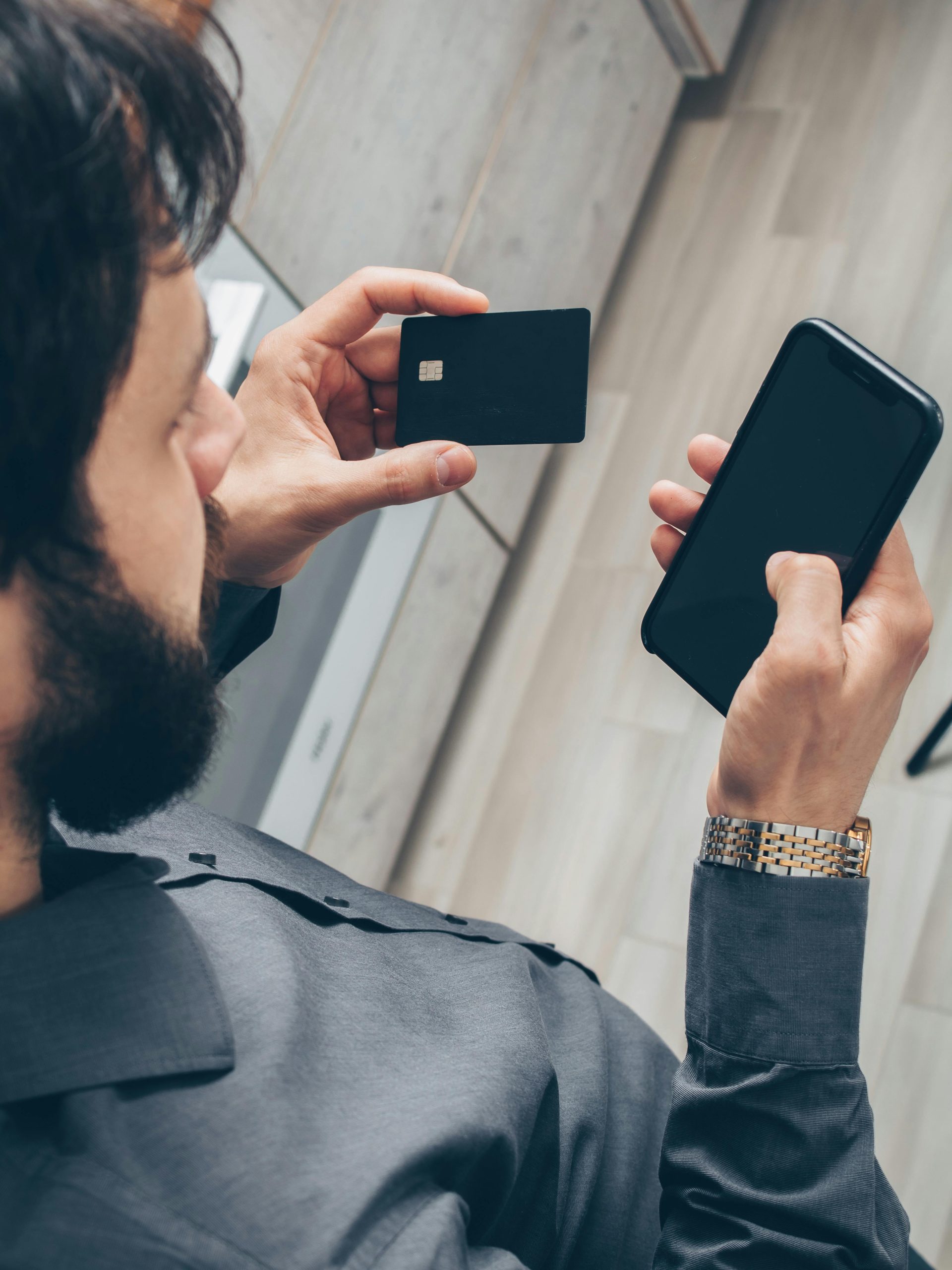The Risks and Precautions of Connecting Personal Devices to Work Computers
In an increasingly digital world where personal and professional boundaries sometimes blur, it’s not uncommon to find oneself in situations that call for the use of personal devices at the workplace. One such scenario involves plugging a personal device, like an iPhone, into a work computer. While seemingly innocuous, this action can lead to unintended data sharing, privacy concerns, and workplace security risks. In this blog post, we’ll explore the potential repercussions of connecting personal devices to work computers, provide insights into the underlying technology, and offer practical advice on safeguarding data privacy and integrity.
Understanding Device Connections: The Basics
When you connect an iPhone to a computer, a process called USB bridging takes place. Through this connection, data can be exchanged between devices for various purposes, such as file transfers, charging, or syncing. For iPhone users, Apple’s ecosystem offers seamless integration across its devices, allowing for synchronization of data such as photos, contacts, and app information. This integration, while user-friendly, can inadvertently lead to complications if not managed properly—especially when it involves connecting a personal device to a work environment.
What Happens When You Connect an iPhone to a Computer?
Upon connecting your iPhone to a computer via USB, several prompts might appear, asking for permission to “Trust This Computer.” By granting this permission, you are allowing the computer to access certain data on your iPhone. Here’s what typically happens:
-
Charging: The most straightforward reason for connecting your iPhone to a computer using a USB cable is to charge the device. This doesn’t require special permissions outside of ensuring that the USB cable is in working condition.
-
Data Transfer and Syncing: If prompted and allowed by the user, data such as photos, documents, and other media files can be transferred between the iPhone and the computer. This includes syncing with iTunes or Finder, accessing and backing up data to the computer, and importing photos.
-
Automatic Installation of Drivers: Upon connecting, especially on Windows computers, necessary drivers are often installed automatically to recognize the iPhone as an external device. This installation generally doesn’t pose significant risks but is essential for the device to be used correctly.
-
Access to Device Information: When connected, the computer can gather basic information about the device, like its model, capacity, and available free space. If you’re using iTunes or Finder, your device might automatically be listed among recognized devices.
The Specific Risks of Plugging a Personal Device into a Work Computer
The concerns around connecting personal devices to work computers primarily center around privacy, data security, and workplace policies. Here are the key risks involved:
1. Unintentional Data Transfer:
- Photos and Media: If synchronization settings are misconfigured, your personal photos, videos, and other media could automatically transfer to the work computer. This may lead to privacy concerns, especially if these media files contain sensitive or personal information.
- Contacts and Personal Information: Similarly, contacts and other personal data might inadvertently sync with or be accessible from work systems, potentially breaching privacy expectations.
2. Device and Account Integration Issues:
- Listed Devices: As in the scenario mentioned, devices can appear on accounts like Apple ID or cloud services, indicating past synchronization. This can spook users when they find unexpected device listings.
3. Security Breach Potential:
- Malware Risks: Although less common with highly secured systems like iOS, connecting to unfamiliar computers can always pose a risk of malware or unauthorized access.
- Network and Data Security: If the work environment has monitoring systems or administrative access to devices connected to the network, your personal data might be visible or logged by IT departments.
Workplace Policies: What You Should Know
Many organizations have specific policies regarding the use and connection of personal devices within the workplace. These policies are designed to protect both company data and employee privacy. Common elements of such policies include:
- Bring Your Own Device (BYOD) Policies: Guidelines on what personal devices can be used, under what conditions, and what kind of data access is allowed.
- Data Protection Policies: Rules regarding the transfer, storage, and processing of data to ensure compliance with legal standards such as GDPR or CCPA.
- Network Access Permissions: Restrictions on network segments that personal devices can access to minimize security vulnerabilities.
Steps to Protect Personal Data and Ensure Security
Taking preventive measures can help mitigate potential risks associated with connecting your personal iPhone to work computers. Here are some key steps to consider:
1. Check Connection Permissions:
- Always be attentive to permission prompts that appear when you connect your device. Avoid allowing access to the computer unless necessary, and be sure about the implications of what you’re granting.
2. Manage Your Account Devices:
- Regularly review and manage devices associated with your Apple ID or other cloud accounts. Remove unknown devices promptly and monitor for unusual activity.
3. Configure iPhone Settings Appropriately:
- Disable automatic sync for your photos and other media files when connecting to unfamiliar systems. Check settings within the Photos app or iTunes for any unexpected configurations.
4. Update Security Settings:
- Regularly update your iPhone’s iOS and installed apps to ensure you have the latest security enhancements. Utilize features like Face ID, Touch ID, and two-factor authentication to add layers of security.
5. Consult Workplace IT Policies:
- Familiarize yourself with your workplace’s specific policies on personal device usage. If uncertain, consult your IT department to gain clarity and avoid potential violations of security practices.
6. Use Alternatives for Charging:
- Consider using a power bank, power outlet, or wireless charging options to avoid using office computers solely for charging purposes.
Conclusion: Weighing Convenience Against Risk
Balancing convenience and security is crucial in today’s tech-driven work environments. By understanding the risks, abiding by best practices, and familiarizing yourself with workplace policies, you can make informed decisions that safeguard your personal data without compromising productivity. Always remember that simple actions—like connecting a personal iPhone to a work computer—can have complex outcomes, so it’s wise to be cautious and stay informed.
Share this content:



Response to “The Risks and Precautions of Connecting Personal Devices to Work Computers”
Thank you for shedding light on such an important issue regarding the intersection of personal devices and workplace security. As someone who’s navigated these waters extensively, I’d like to share additional insights and recommendations to enhance understanding and safety.
Further Considerations for Device Connectivity
While your article emphasizes critical risks, one often-overlooked aspect is the need for robust endpoint security protocols at workplaces. Ensuring that your organization has advanced threat detection and endpoint security solutions can significantly reduce the risk of malware and unauthorized access when personal devices interact with work computers.
Evaluate USB Port Security
Employing technologies such as USB port control can help manage and limit the devices that can be plugged into workstations. This can greatly mitigate risks associated with malware transfer and unauthorized data access.
Regular Employee Training
Conducting ongoing training sessions about the dangers of connecting personal devices can ensure that employees understand the importance of adhering to IT policies. Awareness is a powerful tool in safeguarding both personal and organizational data.
Implementing Device Management Solutions
Consider utilizing Mobile Device Management (MDM) solutions that can provide your IT team with the capability to monitor, manage, and secure personal devices accessing company resources. Such solutions can enforce security policies and prevent
Thank you for sharing this detailed information. Connecting personal devices like an iPhone to work computers indeed carries certain risks, especially concerning data privacy and security. To help mitigate these issues, consider following some best practices:
By staying informed and cautious about device connections, you can effectively protect your personal data while complying with workplace security standards. If you have further concerns, consulting your IT department for specific guidance is always a good step